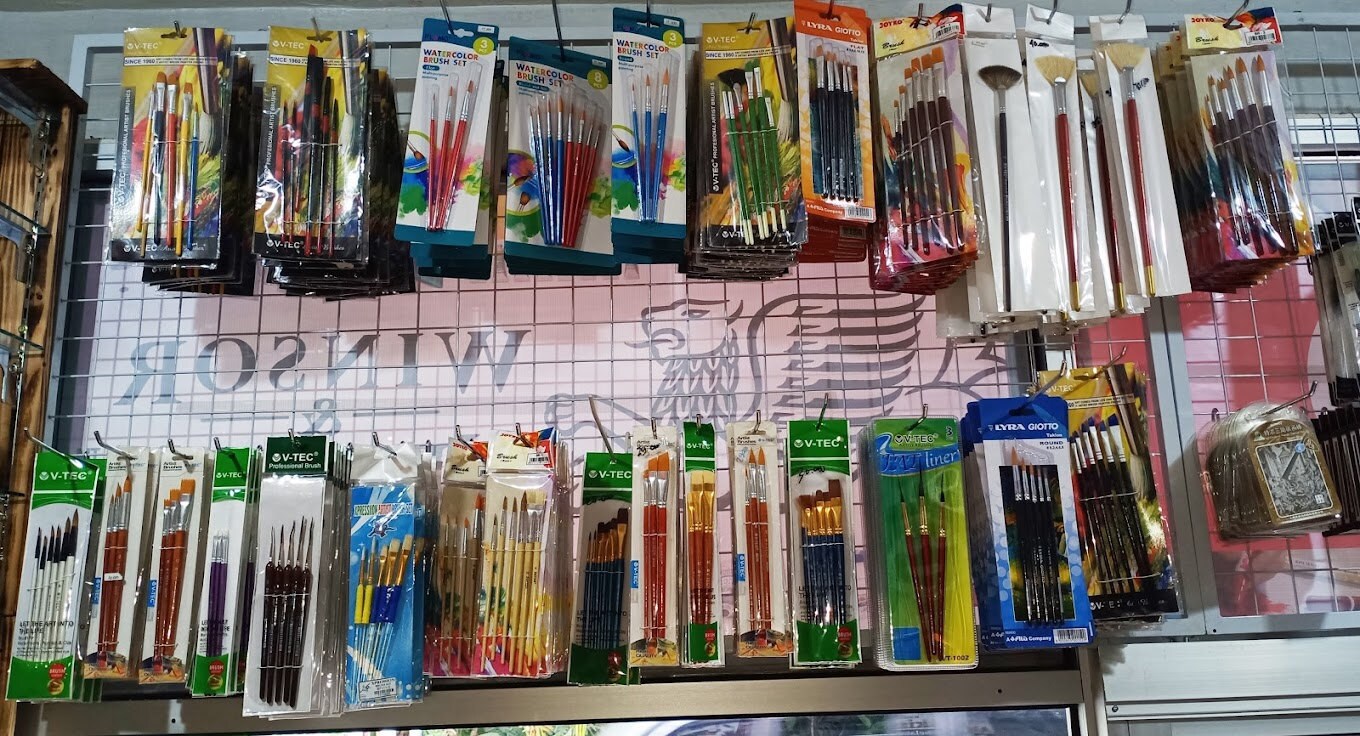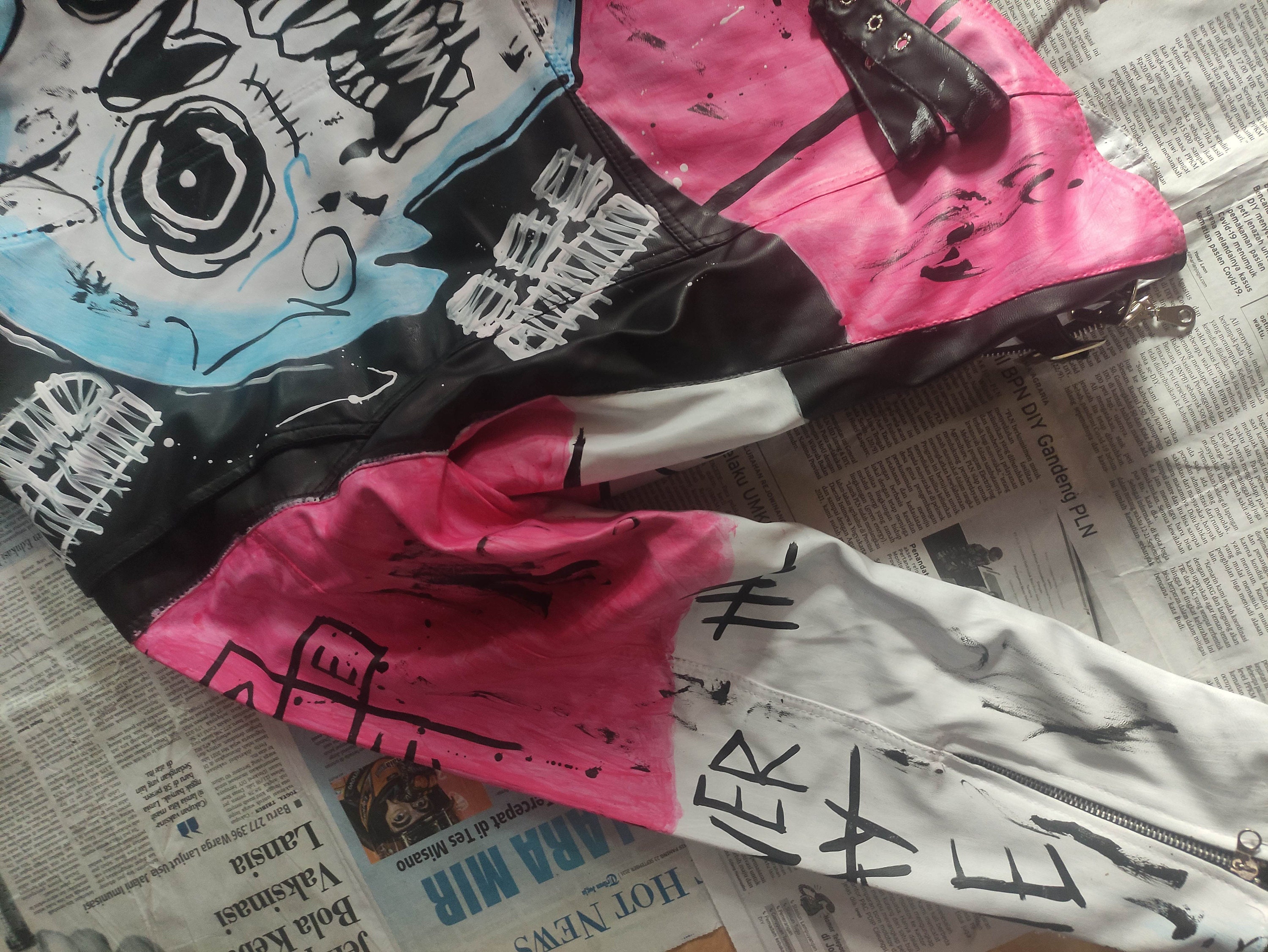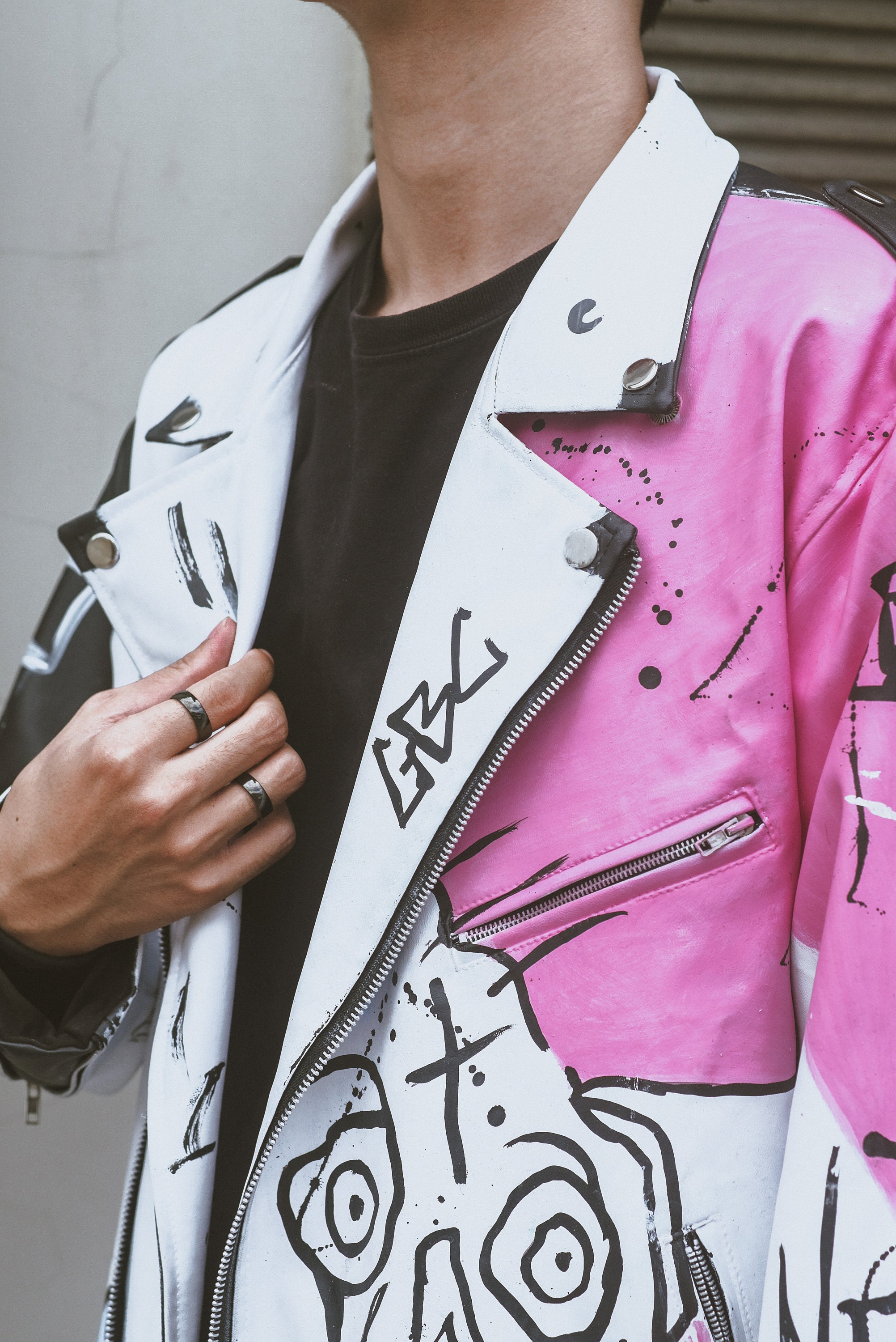Leather jackets are a timeless wardrobe staple that exude a sense of ruggedness, durability, and style. But what if you could take that sense of style one step further by customizing your jacket with unique designs and patterns? That's where the art of leatherworking comes in. By using techniques like tooling and embossing, you can create intricate designs on your leather jacket that are both eye-catching and meaningful. In this article, we'll explore the art of leatherworking and how you can use tooling and embossing to customize your own jacket.
Materials and Tools
When it comes to leatherworking, having the right tools and materials is crucial for creating a successful project. To customize your jacket with tooling and embossing, you will need a few key items. Firstly, you will need a leather jacket that is suitable for tooling and embossing. It is recommended to choose a jacket made from vegetable-tanned leather, as it is easier to work with and will hold the shape better. Next, you will need a set of leatherworking tools, including a swivel knife, bevelers, stamping tools, and a mallet. These tools will be used to carve and create designs on the leather surface. You will also need a leather conditioner to keep the leather supple and prevent cracking during the tooling and embossing process. Lastly, you may choose to use leather dyes or paints to add color to your design. Having the right materials and tools will ensure that your leatherworking project turns out beautifully.
Design Selection and Tracing
Design selection and tracing are crucial steps in customizing your leather jacket with tooling and embossing. You'll want to start by choosing a design or pattern that fits the style you're going for and the size of the jacket. Once you have your design, you'll need to transfer it onto the leather using tracing paper and a stylus tool. It's important to make sure your tracing is accurate and clean so that your final product looks polished and professional. You may want to practice your tracing technique on scrap leather before moving onto your jacket to ensure you're comfortable with the process.

Tooling Techniques
One of the most important parts of leatherworking is mastering the art of tooling. This involves using various stamps and tools to create intricate designs and patterns on the surface of the leather. Tooling techniques can range from simple geometric shapes to highly detailed images, depending on the skill level of the craftsman. Some common tools used in leatherworking include mallets, stamps, and swivel knives. By learning the proper techniques and tools, you can create unique and personalized designs on your leather jacket that will make it stand out from the rest.
Embossing Techniques
Embossing is another technique that can be used to customize your leather jacket. It involves creating a raised design on the leather surface using heat and pressure. To begin the process, you'll need to select a design or pattern that you want to emboss onto your jacket. This design is usually created by using a stamp or a mold. Once you have your design, you'll need to prepare your leather by moistening it and laying it flat. Then, place your stamp or mold onto the leather surface and use a heat source to apply pressure. The heat and pressure will cause the design to transfer onto the leather, creating a raised texture that can be seen and felt. Embossing is a great way to add a unique and personalized touch to your leather jacket.Was this response better or worse?BetterWorseSame

Finishing Touches
Finishing touches are important in completing the customization process of your leather jacket. This involves applying any final touches such as edge finishing, burnishing, and dyeing to achieve a polished look. Edge finishing is the process of smoothing and rounding off the edges of the leather to prevent fraying and give a neat appearance. Burnishing is another technique that involves rubbing the edges of the leather with a burnishing tool to create a smooth and shiny finish. Finally, dyeing can be applied to the leather to give it a more uniform color and to enhance the design. By taking the time to add these finishing touches, you can elevate the overall appearance of your customized leather jacket and ensure that it will last for years to come.

Caring for Your Customized Jacket
After putting in all that hard work to customize your leather jacket with tooling and embossing, it's important to take good care of it to ensure its longevity. To keep your jacket looking its best, be sure to regularly clean and condition the leather with products specifically designed for use on leather. Avoid exposing the jacket to extreme temperatures and keep it stored in a cool, dry place. If you need to store it for an extended period of time, consider using a garment bag to protect it from dust and moisture. By following these simple care instructions, you can enjoy your custom leather jacket for years to come.
Customizing a leather jacket with tooling and embossing is a unique way to express individuality and creativity. By selecting a design, tracing it onto the leather, and using various techniques to create texture and depth, the jacket becomes a one-of-a-kind work of art. Additionally, leatherworking is a valuable skill that can be honed over time, allowing for even more intricate and complex designs. With proper care, a customized leather jacket can last a lifetime and serve as a testament to the craftsmanship and creativity of the artist.
